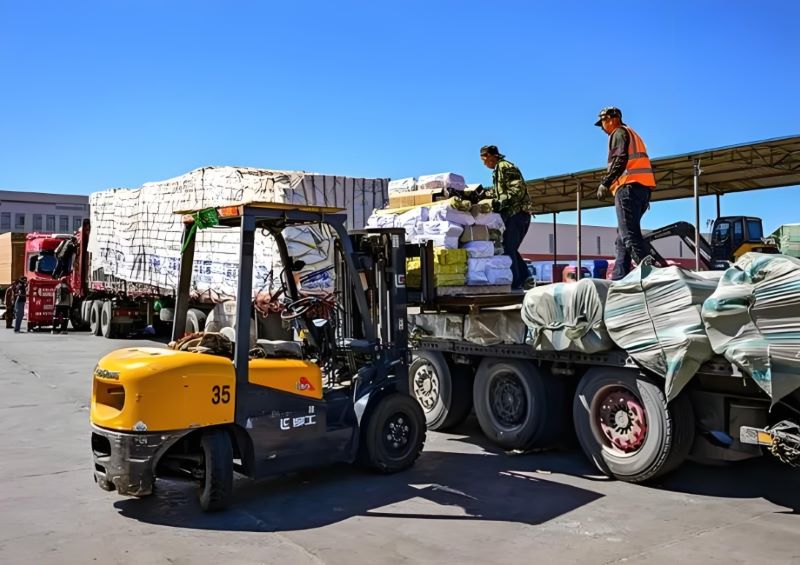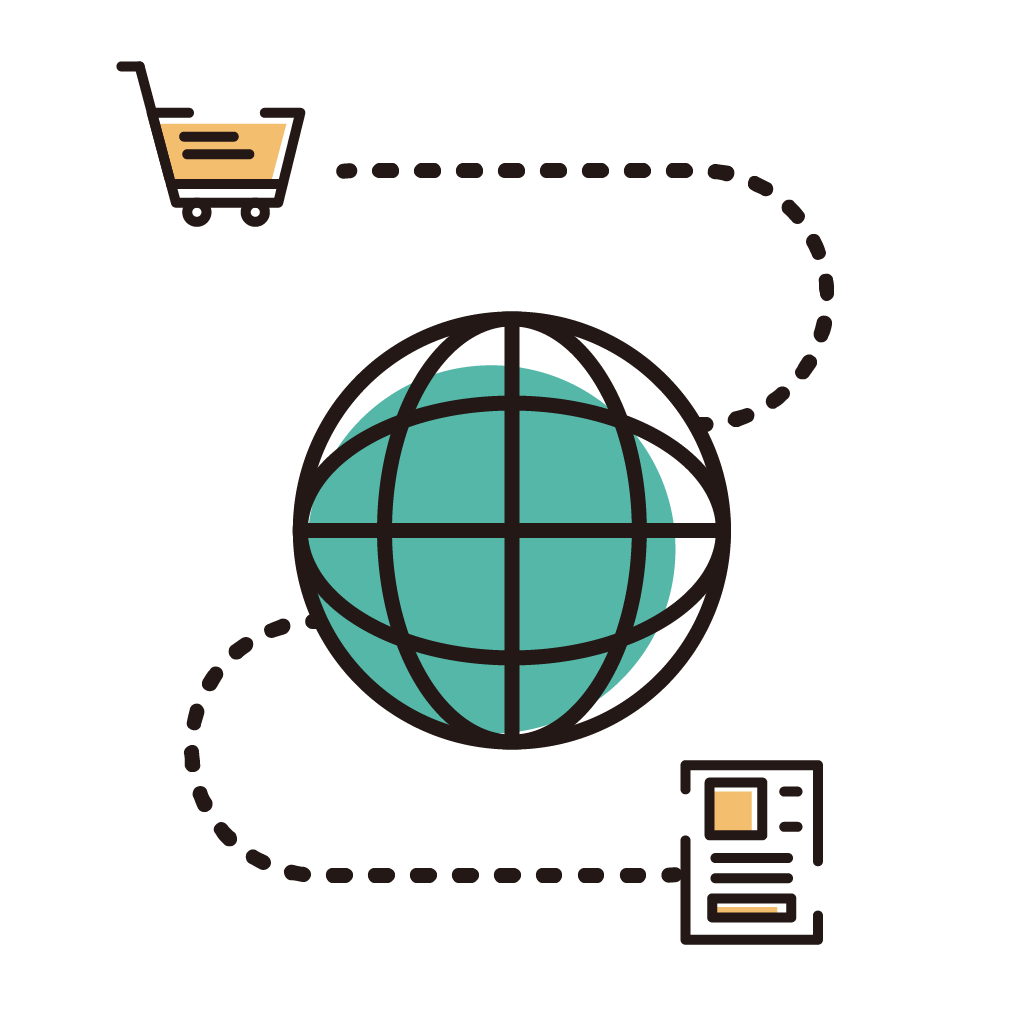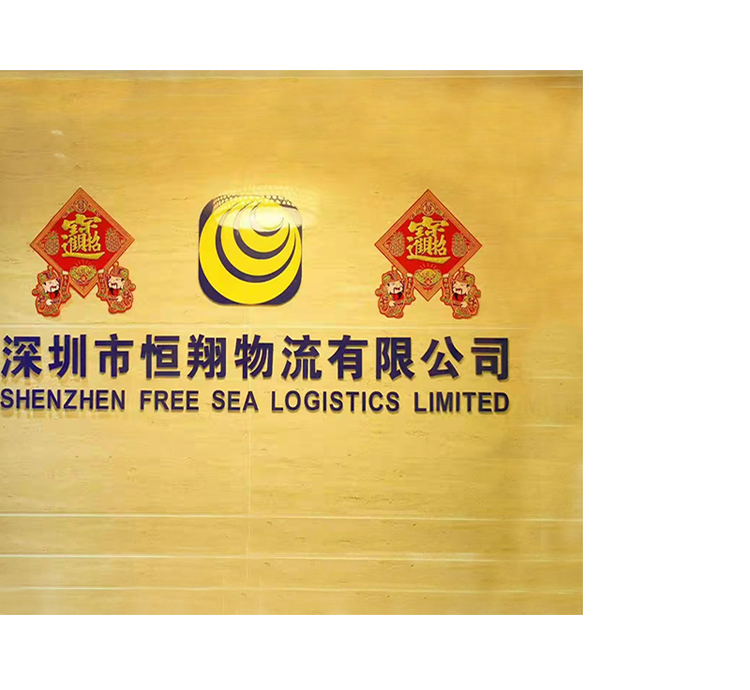In the fast-paced world of global trade, efficient import and export logistics are crucial for businesses seeking to expand internationally. Whether shipping raw materials, finished products, or valuable equipment, the logistics process needs to be smooth, secure, and reliable. A well-structured logistics system ensures that goods move seamlessly across borders, minimizing delays and maximizing efficiency.
This article will explore the essential features of import and export logistics and highlight the key advantages that businesses can leverage to ensure successful international shipping.

1. Comprehensive Freight Solutions
Effective international logistics start with the right freight solutions. Whether by air, sea, or land, businesses must choose the most suitable mode of transportation for their goods. Each mode has its own set of benefits, depending on the nature of the shipment.
Key Features:
Air Freight for Speed: When time is of the essence, air freight is the fastest way to move goods across borders. Ideal for high-value, lightweight shipments, it guarantees quick transit, reducing lead times and keeping supply chains running smoothly.
Sea Freight for Bulk: For businesses shipping large quantities or heavy goods, sea freight offers a cost-effective option. Though slower, it allows for bulk shipments, making it ideal for long-term planning or non-urgent deliveries.
Land Freight for Flexibility: Often used in conjunction with sea or air freight, land freight connects ports and airports to the final destination. It’s highly flexible, catering to both long-distance and last-mile delivery.
Choosing the right freight solution can help businesses strike a balance between speed, cost, and convenience, ensuring their logistics process is both efficient and cost-effective.
2. Customs Clearance Expertise
One of the biggest challenges in international logistics is customs clearance. Each country has its own import/export laws, regulations, and documentation requirements. Failing to meet these can result in costly delays or even fines.
Key Features:
Knowledge of Global Regulations: Logistics providers with strong customs expertise are essential. They ensure that goods comply with international standards, completing all necessary paperwork to avoid legal issues.
Customs Brokerage Services: Many logistics companies offer customs brokerage services, where licensed brokers manage the clearance process on behalf of businesses. This saves time and ensures compliance with import/export regulations.
Tariff and Duty Management: A good logistics partner will also help optimize tariff and duty payments, finding ways to reduce costs or avoid unnecessary charges by utilizing free trade agreements or other benefits.
Efficient customs handling is the key to avoiding unnecessary delays, ensuring that goods move smoothly across borders and arrive on time.
3. Real-Time Tracking and Visibility
In today’s fast-moving digital world, businesses need real-time tracking capabilities to monitor the status of their shipments. Knowing where goods are at any given moment gives businesses the confidence to plan operations effectively and respond to any issues as they arise.
Key Features:
End-to-End Tracking: Advanced logistics providers offer tracking from the moment goods leave the warehouse to their final destination. This visibility helps businesses monitor transit times and adjust supply chain activities accordingly.
Predictive Analytics: Some logistics platforms use predictive analytics to provide real-time updates on potential delays, weather conditions, or traffic issues, allowing businesses to be proactive in managing their shipments.
Customer Transparency: Real-time tracking is also beneficial for providing updates to customers. It enhances their experience, offering a sense of control and reliability by keeping them informed throughout the shipping process.
Having real-time visibility helps businesses make data-driven decisions, ensuring smooth operations and better customer service.
4. Warehousing and Distribution Solutions
A crucial component of import and export logistics is warehousing and distribution. Effective storage solutions ensure that goods are stored safely and strategically positioned for easy access when it’s time for distribution.
Key Features:
Strategically Located Warehouses: Logistics providers often have warehouses in key locations near major ports or transportation hubs. This reduces transit times and ensures that goods are always within easy reach, facilitating quicker deliveries.
Inventory Management Systems: Advanced warehousing solutions come with robust inventory management systems. These systems provide real-time stock updates, so businesses know exactly what they have in storage and where it is.
Flexible Distribution Channels: Once goods are ready for delivery, businesses need flexible distribution channels to reach their customers. From local deliveries to international shipments, distribution networks ensure that goods reach their final destination on time.
A solid warehousing and distribution network is essential for maintaining the efficiency of the entire logistics process, reducing downtime, and ensuring timely delivery.
5. Risk Management and Insurance
International shipping comes with a range of potential risks, from weather disruptions to theft and damage. To safeguard valuable shipments, businesses must prioritize risk management and invest in reliable insurance options.
Key Features:
Comprehensive Insurance Plans: Reputable logistics providers offer comprehensive insurance options that protect shipments from loss, damage, or delays. Whether transporting goods by air, sea, or land, businesses should always have an insurance plan in place.
Risk Mitigation Strategies: A good logistics partner will work with businesses to identify potential risks along the supply chain and develop strategies to mitigate them. This might include planning around weather patterns, using secure routes, or investing in better packaging.
Contingency Planning: Risk management also involves having contingency plans in place. In the event of delays, rerouted shipments, or other issues, a logistics provider should offer alternatives to ensure that goods still arrive on time.
By taking a proactive approach to risk management, businesses can avoid unnecessary losses and ensure a smooth shipping process.
6. Sustainability and Green Logistics
As sustainability becomes increasingly important in global trade, businesses are seeking logistics providers that offer green solutions. Sustainable logistics not only helps protect the environment but can also improve brand reputation and customer loyalty.
Key Features:
Carbon-Neutral Shipping: Many logistics companies now offer carbon-neutral shipping options, where they offset emissions by investing in environmental projects. This allows businesses to reduce their carbon footprint while still shipping goods internationally.
Energy-Efficient Transportation: Providers are also investing in energy-efficient vehicles, such as electric trucks, to reduce fuel consumption and lower emissions. Optimizing transportation routes further helps minimize the environmental impact.
Sustainable Packaging Solutions: Green logistics includes offering eco-friendly packaging solutions that reduce waste and use recyclable materials. This can have a significant impact on reducing environmental harm during the shipping process.
Choosing a sustainable logistics provider not only aligns with corporate social responsibility goals but also appeals to environmentally conscious customers.
7. Streamlined Communication and Documentation
International shipping involves multiple stakeholders, including customs agents, freight carriers, warehouses, and businesses. Streamlined communication is key to ensuring that everyone is aligned, and shipments move efficiently.
Key Features:
Centralized Communication Platforms: Many logistics providers use centralized platforms that allow businesses to communicate with all parties involved in the shipping process. This improves transparency, reduces misunderstandings, and ensures timely updates.
Automated Documentation: International shipping requires a significant amount of paperwork, including invoices, packing lists, and customs forms. Automated documentation systems ensure that all paperwork is accurate and submitted on time, reducing the chances of delays due to incomplete forms.
Multilingual Support: Working across borders means dealing with language barriers. Top logistics providers offer multilingual support, ensuring smooth communication between all stakeholders, regardless of location.
Efficient communication and documentation are essential for avoiding delays and ensuring a seamless logistics experience.
Conclusion
Efficient import and export logistics are the backbone of successful international shipping. By leveraging comprehensive freight solutions, customs clearance expertise, real-time tracking, and risk management, businesses can ensure that their goods move smoothly across borders. Additionally, focusing on sustainability and streamlined communication helps improve brand reputation and operational efficiency.
For businesses looking to expand globally, investing in reliable logistics partners who offer these essential features is the key to simplifying the complexities of international trade and ensuring long-term success in the global market.























